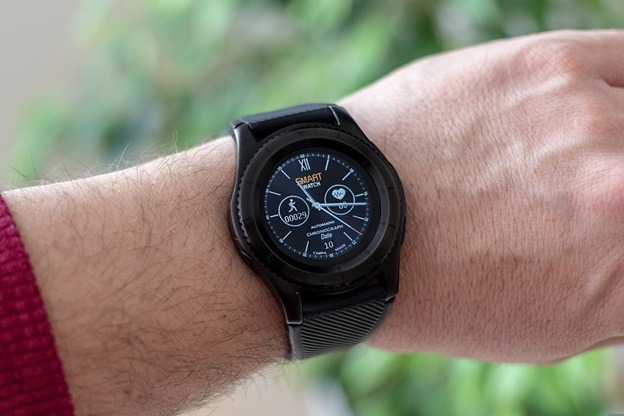Exercise is one of the most crucial ways to stay fit and healthy. However, despite knowing about the benefits of exercise, many Americans are still deterred from working out. A study on 2,000 adults in the US found that 42% of respondents didn’t like gym memberships, 36% were too embarrassed to ask staff for assistance, and 36% often compared themselves to fitness influencers or bloggers, discouraging them from engaging in physical activity.
Instead of being sedentary, you can start your fitness journey by simply taking a walk. You can rely on tools such as a pedometer to help you measure your progress and set new goals. If you’re interested in getting a pedometer, here are some things you should know:
What is a pedometer?
A pedometer is a small device that can measure the number of steps you take. Older versions of pedometers are designed to be worn at the waist, but nowadays, the gadget has evolved to be worn on the arm or ankle. Many pedometers are available in the form of smartwatches, with some advanced versions providing more performance data such as stride length and distance covered. Several studies have also used pedometers to track general physical activity due to their convenience, letting people and researchers gain more insight into their exercise habits.
Benefits of using a pedometer
As pedometers can provide a more tangible number to the exercise you’re getting, it’s a great way to help you stick to your health goals and keep you accountable for yourself. In fact, one of the best goals to pursue with your pedometer is walking 10,000 steps a day, as doing this workout is just as effective as doing five 30-minute workouts a week. Walking can improve bodily functions like strengthening your heart, stabilizing blood sugar, storing less body fat, and improving your brain’s performance. Without even needing to engage in too-strenuous exercises, you can stay fit and healthy by walking regularly.
How to maximize your pedometer
To make the most out of your pedometer, it’s important to take every possible opportunity to walk. Here are some other tips to help you increase your walking and fitness:
Get competitive
With the rise of modern pedometers comes the ability to connect to mobile devices. Certain mobile fitness trackers like MoveSpring allow organizations, coworkers, and families to form exercise challenges where they can compete to get on top of the leaderboard. This can range from taking a certain amount of steps within a day to finding out who has the longest streak in drinking an ample amount of water. This social motivation can spur people to walk more, using their pedometer to track their progress as they chat and follow each other’s actions on the platform.
Speed up or walk on an incline
While walking 10,000 steps is a good way to maintain fitness, challenging yourself can help you burn more calories and improve cardiovascular fitness. Instead of walking at the same speed, try walking briskly to speed up your pace. You can complete this in intervals; for example, walking at a brisk pace for three minutes and then walking normally for one minute. On the other hand, you can also walk on an incline, such as taking a path through a hill. Both of these options can increase your heart rate, allowing you to work out more over the same distance.
Take a healthy snack before going on a walk
Many experts recommend that you eat a light snack for an hour or two before your workout to give your body the boost of energy it needs. Some great options include fruits, smoothies, or nuts. As shared in our post on nuts, nuts like almonds, pistachios, cashew, and pine nuts are great options to provide energy and ward off fatigue. Additionally, eating nuts can help you feel more full, helping you reduce hunger and appetite and encourage healthier food habits.
